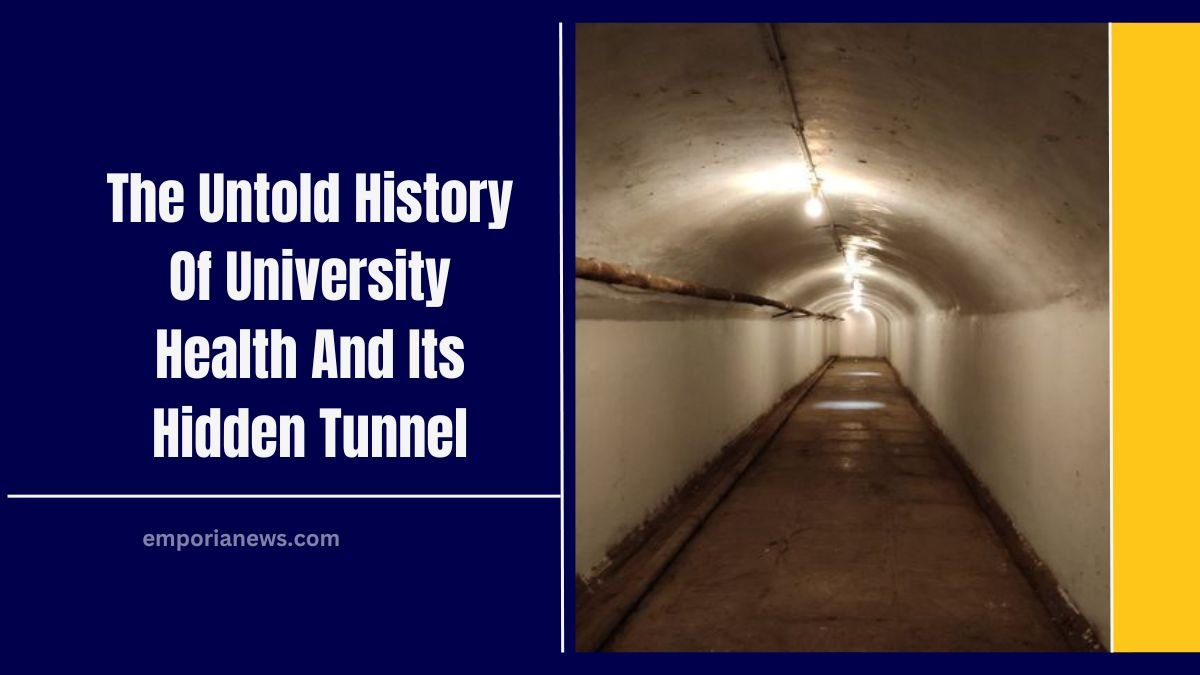As University Health in Kansas City, Missouri, approaches its 50th anniversary in its current building, it’s essential to reflect on its complex history—a narrative deeply intertwined with segregation and the eventual unification of healthcare services.
Origins of Segregation in Kansas City’s Healthcare
In the early 20th century, Kansas City’s healthcare system was starkly divided along racial lines. The city operated two primary hospitals: General Hospital No. 1, designated for white patients, and General Hospital No. 2, established for Black patients.
This segregation was a direct response to the exclusion of African American doctors, nurses, and patients from most local hospitals during that era.
The 1903 flood highlighted the pressing need for adequate medical facilities for Black residents. Following the disaster, the city repurposed its old hospital building at 22nd and Locust streets as a facility for Black patients, leading to the establishment of General Hospital No. 2.
The Hidden Tunnel: A Symbol of Division
A lesser-known aspect of this segregated system was a steam and maintenance tunnel that connected the two hospitals.
This underground passage allowed for the discreet transfer of patients, staff, and supplies between the facilities, minimizing visible interactions between Black and white individuals. The tunnel stands as a poignant reminder of the lengths to which institutions went to maintain racial separation.
Integration and the Birth of University Health
By the mid-20th century, the inefficiencies and moral shortcomings of maintaining separate hospitals became increasingly evident. In 1957, facing budgetary constraints and societal pressure, Kansas City began the process of integrating its healthcare facilities.
This integration culminated in the consolidation of the two hospitals, eventually leading to the establishment of what is now known as University Health.
Legacy and Reflection
Today, University Health stands as a testament to progress, having evolved from a symbol of segregation to one of unity and comprehensive care.
The institution acknowledges its past, ensuring that the lessons learned continue to inform its mission of providing equitable healthcare to all.
Key Milestones in University Health’s History
| Year | Event |
|---|---|
| 1903 | Flood underscores need for Black medical facilities. |
| 1908 | Establishment of General Hospital No. 1 for white patients. |
| 1930 | Construction of General Hospital No. 2 for Black patients. |
| 1957 | Initiation of hospital integration in Kansas City. |
| 1976 | Dedication of the unified hospital, now known as University Health. |
The journey of University Health mirrors the broader societal shifts from segregation to integration. By confronting and embracing its history, the institution not only honors those who fought for equality but also reinforces its commitment to serving the diverse Kansas City community with compassion and excellence.




